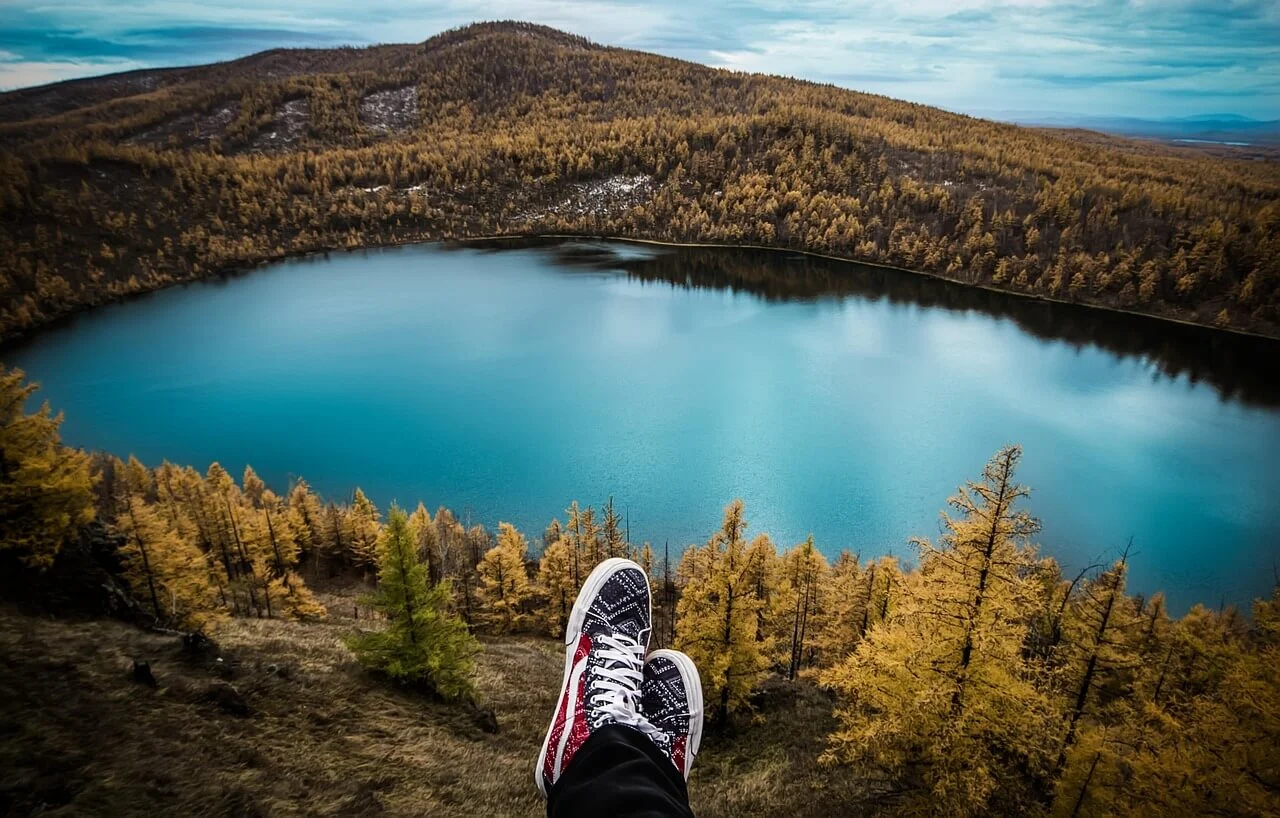What To Do After Discovering an Unattended Death
People often lean more towards the idea of living alone. However, this implies that the chances of having unattended deaths have become more likely. You may stumble upon an old home and find a rotting unattended dead body or pass by the road and see some car accident victim dead and unattended. What can you do in this situation? Knowing apt ways to deal with an unattended death on discovery is critical. That’s why this article tells you what you can do.
Contact Local Emergency
When you discover an unattended death, the initial and critical action is to call your local emergency number immediately. This pivotal step triggers a swift and expert response from emergency services. Making this call prompts the assistance of trained professionals, including paramedics and law enforcement personnel, who possess the necessary expertise and equipment to manage such situations effectively.
Emphasizing the urgency of this response is essential, as time plays a crucial role. A prompt, professional intervention is indispensable for the timely determination of the cause of death and the proper implementation of necessary procedures. Therefore, reaching out to these professionals represents the foremost and most imperative measure, highlighting the vital need for immediate assistance in a challenging circumstance.
Do Not Disturb the Scene – Preserve Evidence
In the event of an unattended death, the directive to refrain from tampering with the scene is not a casual suggestion but a fundamental protocol rooted in compelling reasons. Firstly, by abstaining from any physical interaction with the scene, you take proactive steps to preserve invaluable evidence. The surroundings may contain vital clues, information, or objects that are indispensable for a comprehensive investigation into the circumstances surrounding the death. Any interference, regardless of the intent, has the potential to compromise the integrity of this evidence. Secondly, this practice is deeply entwined with principles of respect and dignity.
By avoiding any actions that could disrupt or disrespect the scene, you convey profound reverence for the deceased individual, ensuring their remains are handled with the utmost care and consideration. Therefore, the instruction not to disturb the scene is a significant measure that serves a dual purpose: safeguarding the integrity of evidentiary material and upholding the dignity and honor of the deceased, thus fulfilling a vital role in the sensitive process of managing an unattended death.
Contact a Local Death Cleanup Service for Safe and Proper Cleanup
Once the initial response has taken place and the authorities have completed their investigations, it’s highly advisable to contact a professional biohazard cleanup service provider for an unattended death cleanup. These specialized professionals possess the expertise and equipment required to carry out a thorough and secure cleanup of the scene. This step holds critical importance for several compelling reasons. Firstly, it guarantees the correct and hygienic cleanup of the area, significantly reducing the health risks associated with biohazardous materials that may be present.
Secondly, it relieves the burden on family members who might otherwise consider taking on the challenging task themselves. This action allows for a swift and comprehensive restoration of the scene, contributing to the closure of this emotionally difficult chapter. Engaging in a death cleanup service represents a responsible and considerate step in the aftermath of an unattended death, fostering both safety and emotional well-being for all individuals involved.
Notify Family and Friends – Offer Compassion
Although not a formal obligation, promptly informing the close family members of the deceased embodies a sense of compassion and empathy during a challenging and emotionally charged situation. This gesture becomes particularly meaningful when you have knowledge of the deceased person’s identity.
In that context, reaching out to their family provides an opportunity for them to be together with their departed loved one, offering comfort and strength through the presence of friends and family. Such an action not only alleviates emotional distress but also encourages open and honest communication during a profoundly distressing event. It underscores a deep understanding of the emotional aspects of the situation and emphasizes the vital importance of a strong support network.
Conclusion
To conclude, in a world where living alone is more common, understanding how to respond to unattended deaths is crucial. The key steps are to call local emergency services promptly, refrain from disturbing the scene, engage a professional death cleanup service, and offer compassion by notifying close family members if known. These measures exemplify responsible and empathetic handling of unattended deaths, promoting both safety and support for all involved.




